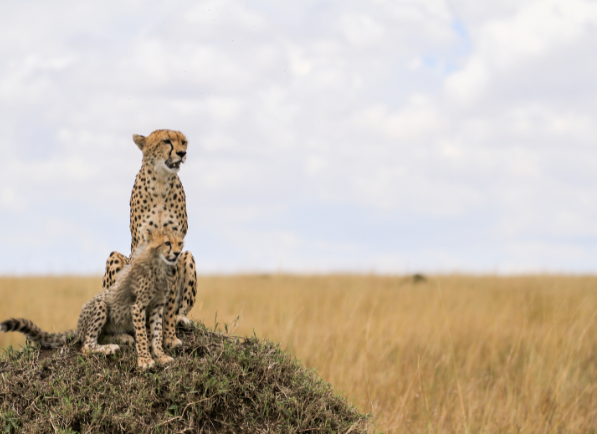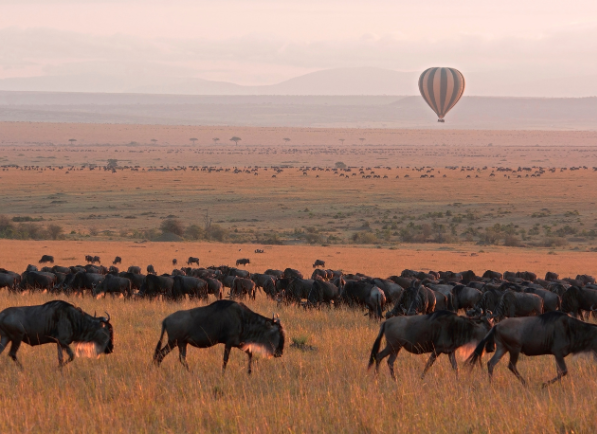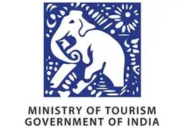

Situated in south-western Kenya, Maasai Mara National Reserve is a top African wildlife destination, globally famous for its sheer animal concentration, open grasslands, and the Great Migration. Spanning approximately 1,500 square kilometers, Maasai Mara is an extension of Tanzania's Serengeti and provides one of the world's most unspoiled safari experiences. It's heaven for photographers, nature enthusiasts, and thrill-seekers alike.
Dedicated to the Maasai people, the semi-nomadic aboriginal tribe for their rich culture, and the Mara River flowing through the reserve, this is land that is deeply rooted in ancestry. The Maasai have lived side by side with wildlife for centuries, maintaining ancient customs while safeguarding the area's biodiversity. Their spiritual relationship with the land and animals is the focal point of their existence, which means the Maasai Mara is more than a game reserve, but a cultural heritage.
Maasai culture is the core of the reserve's identity. Their beaded adornments, red shukas (robes), and traditional songs are renowned globally. A visit to a Maasai village provides insight into tribal tradition, cattle economy, and old storytelling that has been passed from generation to generation. Mara also benefits local artisans through community tourism projects.
Maasai Mara is not just a destination—it’s a once-in-a-lifetime experience where raw nature, thrilling wildlife, and rich tribal heritage come together. Whether you’re witnessing a lion hunt at dawn or watching a Maasai warrior leap into the air in dance, the Mara leaves visitors with unforgettable stories and soulful connections to the heart of Africa.





